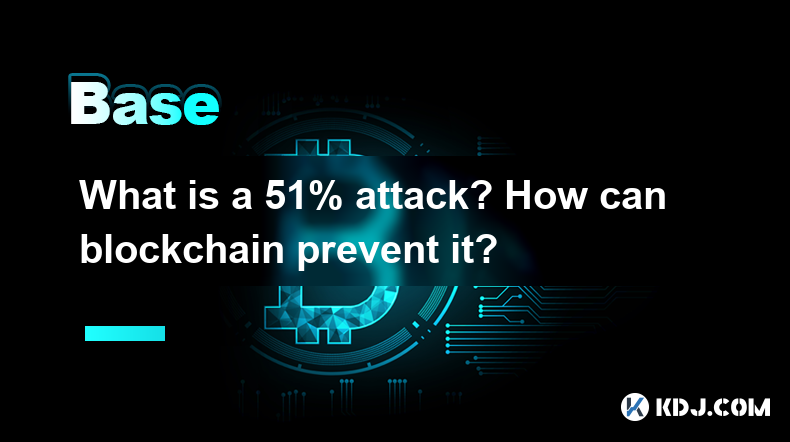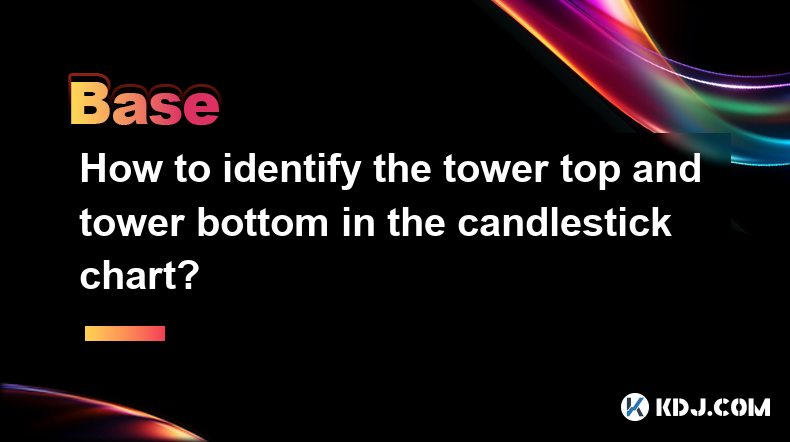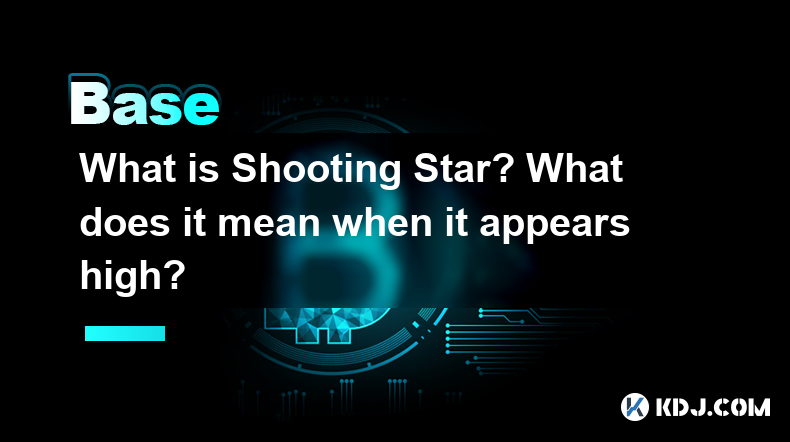-
 Bitcoin
Bitcoin $81,899.5591
-5.17% -
 Ethereum
Ethereum $1,783.8667
-6.15% -
 Tether USDt
Tether USDt $0.9995
-0.03% -
 XRP
XRP $2.0489
-4.45% -
 BNB
BNB $587.4139
-2.79% -
 USDC
USDC $1.0001
0.02% -
 Solana
Solana $115.1373
-11.64% -
 Dogecoin
Dogecoin $0.1587
-8.43% -
 Cardano
Cardano $0.6385
-6.91% -
 TRON
TRON $0.2360
-1.08% -
 Toncoin
Toncoin $3.5760
-10.43% -
 UNUS SED LEO
UNUS SED LEO $9.3901
-0.32% -
 Chainlink
Chainlink $12.6219
-9.38% -
 Stellar
Stellar $0.2577
-4.87% -
 Avalanche
Avalanche $18.0492
-6.87% -
 Sui
Sui $2.2219
-9.39% -
 Shiba Inu
Shiba Inu $0.0...01218
-3.70% -
 Hedera
Hedera $0.1604
-7.08% -
 Polkadot
Polkadot $4.0288
-2.51% -
 Litecoin
Litecoin $82.2067
-5.10% -
 MANTRA
MANTRA $6.4186
1.43% -
 Bitcoin Cash
Bitcoin Cash $294.8176
-4.96% -
 Dai
Dai $0.9999
0.02% -
 Bitget Token
Bitget Token $4.4550
-3.01% -
 Ethena USDe
Ethena USDe $0.9995
-0.03% -
 Pi
Pi $0.5875
-13.39% -
 Monero
Monero $209.7409
-4.91% -
 Hyperliquid
Hyperliquid $11.2789
-16.95% -
 Uniswap
Uniswap $5.7386
-7.48% -
 Aptos
Aptos $5.0040
-7.56%
How does a decentralized autonomous organization (DAO) achieve code is law?
In a DAO, "code is law" means smart contracts on the blockchain govern all actions, ensuring autonomy and transparency but posing challenges with inflexibility and security.
Apr 02, 2025 at 12:35 am

How Does a Decentralized Autonomous Organization (DAO) Achieve "Code is Law"?
Understanding the "Code is Law" Principle in DAOs
The phrase "code is law" in the context of a Decentralized Autonomous Organization (DAO) signifies that the organization's rules and operations are entirely governed by its smart contracts. These smart contracts, written in code and deployed on a blockchain, automatically execute pre-defined actions based on specific conditions. This eliminates the need for centralized authorities or intermediaries to enforce rules, creating a truly autonomous system. The immutability of blockchain technology ensures that once the code is deployed, it cannot be easily altered, reinforcing the "code is law" principle.
Mechanisms Ensuring Code Execution and Governance
The core of a DAO's "code is law" functionality lies in its smart contracts. These self-executing contracts define the DAO's governance structure, treasury management, and member interactions. Proposals for changes within the DAO are typically submitted and voted upon by its members, with the results automatically implemented by the smart contracts if the proposal passes the required threshold. This automated execution ensures fairness and transparency, as all actions are publicly verifiable on the blockchain.
Role of Smart Contracts in DAO Governance
Smart contracts act as the backbone of a DAO's governance. They define the rules for:
- Membership: Determining who is a member and their voting rights.
- Proposals: The process for submitting, voting on, and executing proposals.
- Treasury Management: How funds are managed, spent, and allocated.
- Dispute Resolution: Mechanisms for handling disagreements or conflicts within the DAO.
These functions are all automated, minimizing the potential for human error or bias. The code itself dictates the outcome, ensuring consistent and predictable governance.
Limitations and Challenges of "Code is Law"
While the "code is law" principle offers significant advantages, it also presents challenges. The most prominent is the inflexibility of smart contracts. Once deployed, modifying the code can be complex and require a consensus among DAO members. This can be problematic if unforeseen circumstances require immediate adjustments to the rules. Additionally, bugs or vulnerabilities in the smart contract code can lead to unintended consequences, potentially compromising the DAO's security and functionality.
Security Considerations and Audits
The security of a DAO's smart contracts is paramount. Thorough audits by independent security firms are essential to identify and rectify potential vulnerabilities before deployment. Regular security reviews and updates are also crucial to mitigate emerging threats and ensure the long-term stability of the DAO. The consequences of a security breach can be severe, potentially leading to the loss of funds or the compromise of the DAO's governance.
The Importance of Community Consensus and Participation
While code is the ultimate authority in a DAO, the community's active participation is vital for its success. Members need to understand the DAO's rules and governance mechanisms, actively participate in decision-making processes, and contribute to the overall development and growth of the organization. A vibrant and engaged community can help identify potential issues and contribute to the improvement of the DAO's smart contracts.
Evolution and Adaptability of DAO Governance
DAOs are still a relatively new concept, and the "code is law" principle is constantly evolving. New approaches and technologies are emerging to address the limitations of traditional smart contract-based governance. Modular governance systems and upgradable smart contracts are being developed to enhance the flexibility and adaptability of DAOs, allowing for smoother adjustments to the rules and procedures as the DAO grows and evolves.
The Role of Legal Frameworks in the Context of DAOs
The legal implications of DAOs and the "code is law" principle are still being explored. Jurisdictional differences and the lack of established legal precedents pose challenges in defining the legal status and liability of DAOs. The interaction between code-based governance and traditional legal systems remains a critical area for further development and clarification. This is a crucial area as the legal landscape surrounding DAOs is still developing.
Addressing Common Misconceptions
The "code is law" principle doesn't imply that DAOs are entirely lawless. While smart contracts govern internal operations, external legal frameworks still apply. DAOs must comply with relevant laws and regulations in their jurisdiction. Also, the immutability of blockchain doesn't mean that code can't be changed; it just means that changes require a formal process as defined by the DAO's own code.
Frequently Asked Questions
Q: Can the code of a DAO be changed?
A: Yes, but it depends on the DAO's governance structure. Changes typically require a proposal, a voting process, and a successful outcome to trigger the code update. The process is defined within the DAO's smart contracts.
Q: What happens if there's a bug in the DAO's smart contract?
A: A bug can have serious consequences, potentially leading to financial losses or governance issues. Thorough audits before deployment and ongoing security monitoring are crucial to mitigate this risk.
Q: Are DAOs truly autonomous?
A: DAOs strive for autonomy through the use of smart contracts, but they are not entirely independent of external factors. Legal frameworks, community participation, and technological limitations all play a role.
Q: How does a DAO handle disputes?
A: Dispute resolution mechanisms are usually defined within the DAO's smart contracts. These mechanisms can involve arbitration, voting, or other processes agreed upon by the community.
Q: What are the legal implications of DAOs?
A: The legal implications of DAOs are still evolving. There is no universally accepted legal framework, and the legal status of a DAO can vary depending on its jurisdiction.
Disclaimer:info@kdj.com
The information provided is not trading advice. kdj.com does not assume any responsibility for any investments made based on the information provided in this article. Cryptocurrencies are highly volatile and it is highly recommended that you invest with caution after thorough research!
If you believe that the content used on this website infringes your copyright, please contact us immediately (info@kdj.com) and we will delete it promptly.
- Builder: Stu
- 2025-04-04 03:25:12
- PayPal Adds Solana (SOL) and Chainlink (LINK) to Its Supported Cryptocurrencies
- 2025-04-04 03:25:12
- Recent Price Action Shows Signs of Recovery
- 2025-04-04 03:20:12
- Standard Chartered (AVAX)
- 2025-04-04 03:20:12
- WisdomTree Expands Its Institutional Tokenization Platform to 13 Funds
- 2025-04-04 03:15:12
- PEPE hopped its way to a $3.8M market cap, but its reign as a meme coin darling is fading. Enter InfluencerPepe (INPEPE)
- 2025-04-04 03:15:12
Related knowledge

Why is the oracle called the bridge between blockchain and the real world?
Apr 04,2025 at 04:00am
The concept of an oracle in the cryptocurrency and blockchain world is crucial for understanding how these decentralized systems interact with external data. The oracle is often referred to as the bridge between blockchain and the real world because it serves as a vital intermediary that fetches, verifies, and transmits off-chain data to the on-chain en...

What is a 51% attack? How can blockchain prevent it?
Apr 04,2025 at 02:08am
A 51% attack is a significant threat to the security and integrity of a blockchain network. In this type of attack, a single entity or group gains control of more than half of the network's mining power or hash rate. This control allows the attacker to manipulate the blockchain by double-spending coins, preventing the confirmation of new transactions, o...

Why can the inverted hammer shape appear at the bottom be used as a reversal signal?
Apr 03,2025 at 04:07pm
Inverted Hammer is a common K-line pattern in technical analysis, and is often regarded as a potential reversal signal when it appears at the bottom. This article will explore in detail why an inverted hammer line may be a reversal signal when it appears at the bottom, and provide specific identification and application methods. Basic characteristics of...

How to identify the tower top and tower bottom in the candlestick chart?
Apr 03,2025 at 04:03pm
In K-line chart analysis, 'Tower Top' and 'Tower Bottom' are two important reversal patterns and are usually used to predict changes in price trends. Identifying these patterns requires careful observation of the price trend and the pattern characteristics of the K-line. Below we will introduce in detail how to identify the 'tower to...

What is Shooting Star? What does it mean when it appears high?
Apr 03,2025 at 03:56pm
In cryptocurrency trading, technical analysis is an important tool to help traders predict future trends of the market. Among them, Shooting Star is a common bearish reversal pattern. This article will give you more details on what 'Shooting Star' is and what it means when it appears at a high level. The definition of 'Shooting Star'Shoo...

What is the difference between dark cloud cover and piercing shape?
Apr 03,2025 at 03:50pm
In the world of cryptocurrency trading, technical analysis is one of the important tools traders use to predict market trends and make trading decisions. Among them, 'Dark Cloud Cover' and 'Piercing Pattern' are two common reversal patterns, which have specific appearance and meaning on the K-line chart. Although they seem similar, there...

Why is the oracle called the bridge between blockchain and the real world?
Apr 04,2025 at 04:00am
The concept of an oracle in the cryptocurrency and blockchain world is crucial for understanding how these decentralized systems interact with external data. The oracle is often referred to as the bridge between blockchain and the real world because it serves as a vital intermediary that fetches, verifies, and transmits off-chain data to the on-chain en...

What is a 51% attack? How can blockchain prevent it?
Apr 04,2025 at 02:08am
A 51% attack is a significant threat to the security and integrity of a blockchain network. In this type of attack, a single entity or group gains control of more than half of the network's mining power or hash rate. This control allows the attacker to manipulate the blockchain by double-spending coins, preventing the confirmation of new transactions, o...

Why can the inverted hammer shape appear at the bottom be used as a reversal signal?
Apr 03,2025 at 04:07pm
Inverted Hammer is a common K-line pattern in technical analysis, and is often regarded as a potential reversal signal when it appears at the bottom. This article will explore in detail why an inverted hammer line may be a reversal signal when it appears at the bottom, and provide specific identification and application methods. Basic characteristics of...

How to identify the tower top and tower bottom in the candlestick chart?
Apr 03,2025 at 04:03pm
In K-line chart analysis, 'Tower Top' and 'Tower Bottom' are two important reversal patterns and are usually used to predict changes in price trends. Identifying these patterns requires careful observation of the price trend and the pattern characteristics of the K-line. Below we will introduce in detail how to identify the 'tower to...

What is Shooting Star? What does it mean when it appears high?
Apr 03,2025 at 03:56pm
In cryptocurrency trading, technical analysis is an important tool to help traders predict future trends of the market. Among them, Shooting Star is a common bearish reversal pattern. This article will give you more details on what 'Shooting Star' is and what it means when it appears at a high level. The definition of 'Shooting Star'Shoo...

What is the difference between dark cloud cover and piercing shape?
Apr 03,2025 at 03:50pm
In the world of cryptocurrency trading, technical analysis is one of the important tools traders use to predict market trends and make trading decisions. Among them, 'Dark Cloud Cover' and 'Piercing Pattern' are two common reversal patterns, which have specific appearance and meaning on the K-line chart. Although they seem similar, there...
See all articles






















































































